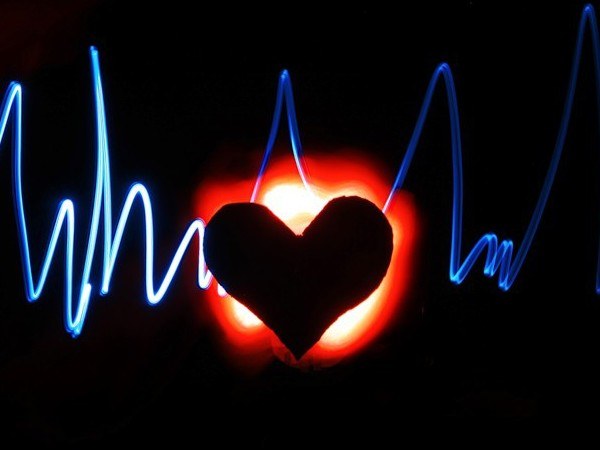Causes and symptoms of cardiac ischemia
In most cases ischemia occurs due to atherosclerosis of the arteries is a pathological process in which the lumens of the vessels are narrowed due to the formation of sclerotic plaques. The first signs of the disease are unpleasant, painful sensations in the heart area. May appear pains in the chest, back, lower jaw, there is rapid heartbeat, excessive perspiration with slight physical exertion dyspnea. The most typical symptom of coronary heart disease - angina (local pain in the retrosternal region), it fits in most cases do not last more than 10 minutes. If you don't pursue proper treatment of coronary heart disease, this will lead to dysfunctions of the cardiovascular system, myocardial infarction, and ultimately to death.
In some cases, ischemia of the heart does not manifest itself until the sudden death of the man.
How to treat ischemic heart disease
Treatment of coronary heart disease a long, hard and consistent. Each patient is examined individually, the results of the research determine the tactics of therapy. In the treatment process should reduce the impact of risk factors of atherosclerosis. In hypertension, the desired control pressure. Should undertake the treatment of concomitant diseases (arterial hypertension, hyperthyroidism, anemia, etc.). Will be useful moderate exercise, such as walking.
Ischemia of the heart patient must give up Smoking.
Patients are administered nitrates, belonging to the group of antianginal drugs. These drugs reduce the tension of the myocardial wall and reduce its need for oxygen. Cupping and to prevent them prescribed Nitroglycerin. The dose should be sufficient to relieve an attack, but it should not cause sudden hypotension, headache, sensation of pulsation in the head. The patient may be given: "Nitrosorbid", blockers b-adrenoreceptors ("Inderal"), antagonists of calcium channels ("Nifedipine", "Verapamil", "Diltiazem").
Patients with angina, it is recommended to keep a diary in which to note the admission Nitroglycerin, to reflect the relationship of attacks to physical activity and other factors. This diary will help the doctor to choose an individual treatment programme for each patient. For the treatment of ischemia has been successfully used technique for mechanical revascularization. In this case is percutaneous transluminal coronary angioplasty - a nonsurgical method of restoring the lumen of the coronary artery.
